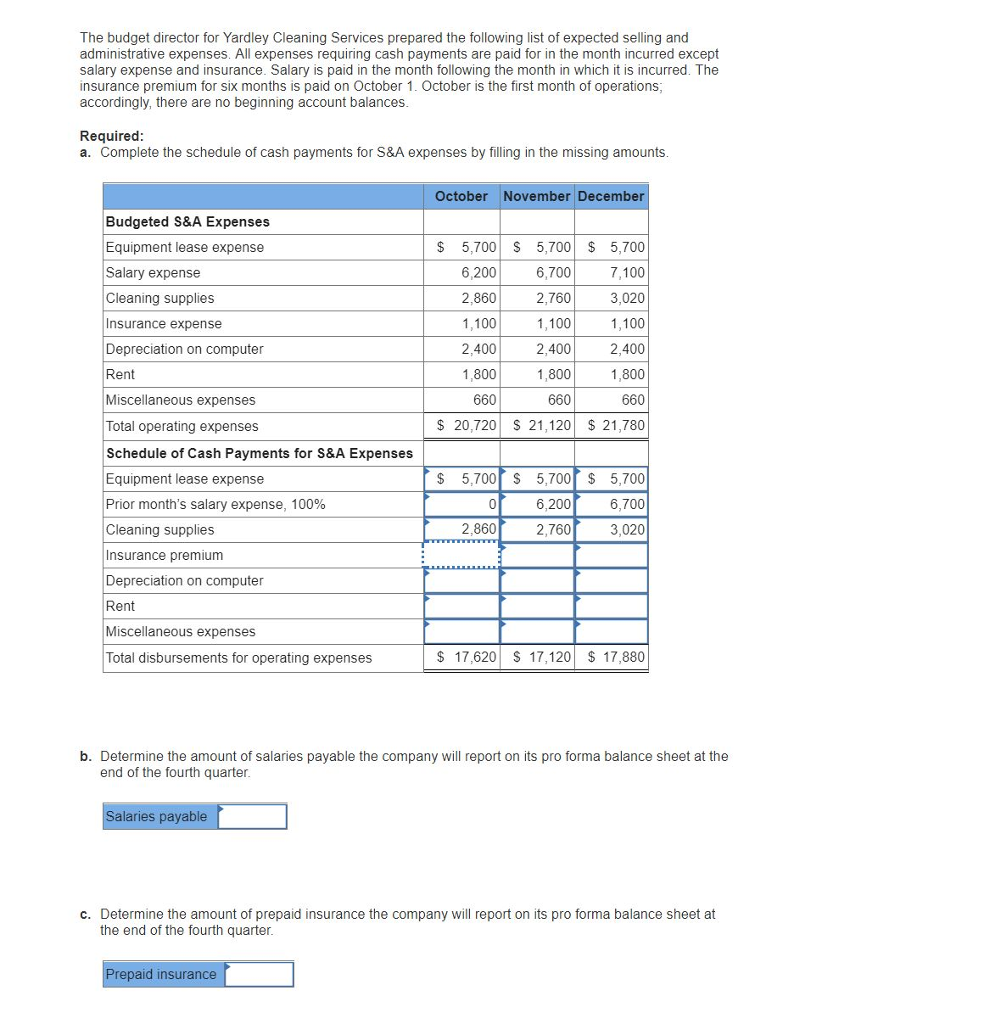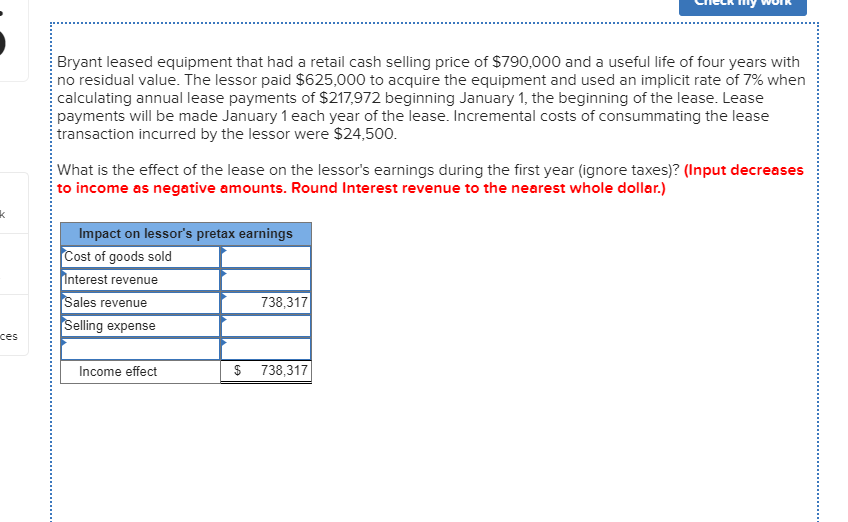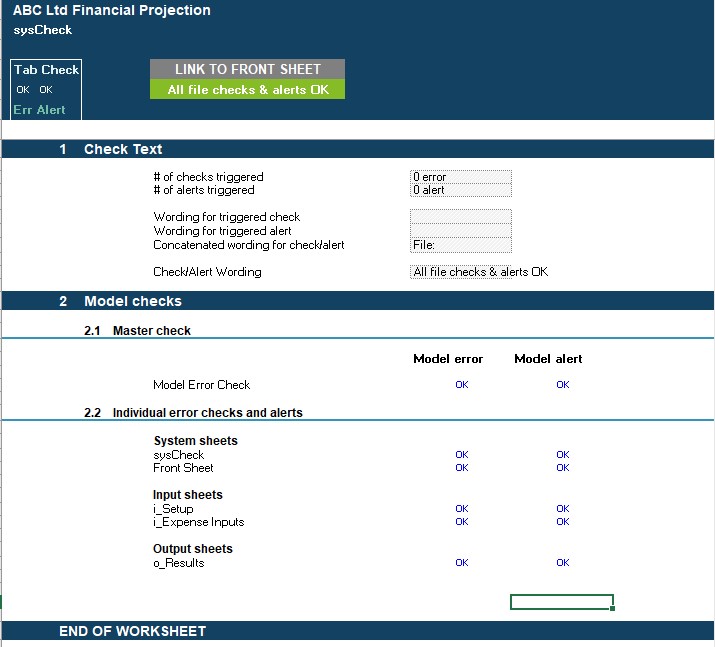

- Cach tinh incurred expenses how to#
- Cach tinh incurred expenses software#
- Cach tinh incurred expenses professional#
How to Calculate Gross Margin/Gross Profit Margin This means Tina has generated $75,000 in gross profit. To calculate gross profit in dollars, she would do the following calculation: The cost of goods sold includes the labor costs, the cost of raw materials, and manufacturing overhead costs to produce the products that she sold. Her total revenue from sales is $400,000 for the year.
Cach tinh incurred expenses software#
So, she opens her accounting software and starts making some calculations. Tina wants to get a better idea of how expenses are affecting her company’s profit. Tina’s T-Shirts is a small business that has been open for about a year. Let’s use an example to calculate the gross profit and the gross margin. You can calculate gross profit in dollars using your income statement with the following formula: Net profit margin : Considers all expenses related to the production of a product it’s also known as the “bottom line”.Pre-tax profit margin: Shows profit before tax is deducted.Operating profitmargin: Calculated without interest or tax.Each weighs the cost of doing business with or without certain expenses: The term “profit margin” by itself may refer to any of the following margins. Gross profit margin shows whether a company is running an efficient operation and how profitably it can sell its products or services. If you need income tax advice, please contact an accountant in your area. NOTE: FreshBooks Support team members are not certified income tax or accounting professionals and cannot provide advice in these areas, outside of supporting questions about FreshBooks. What Business Has the Highest Profit Margin? Why Should You Calculate Operating Margin? The Relationship Between Gross Profit Margin and Net Profit Margin How to Calculate Gross Margin for a Service-Based Company Higher gross margins mean more money left over to cover operating expenses.īoth gross profit and gross margin are key metrics business owners should continually review to remain profitable. In other words, it’s the percentage of the selling price left over to pay for overhead expenses. Gross profit margin is the percentage of your business’s revenue that exceeds production costs.

(In simple terms: Revenue minus cost of goods sold.) But what is the gross profit margin? You may already be familiar with gross profit, or the amount of money a business has left over after paying all direct expenses related to manufacturing a product or providing a service. Send invoices, track time, manage payments, and more…from anywhere. Pay your employees and keep accurate books with Payroll software integrationsįreshBooks integrates with over 100 partners to help you simplify your workflows Set clear expectations with clients and organize your plans for each projectĬlient management made easy, with client info all in one place Organized and professional, helping you stand out and win new clients Track project status and collaborate with clients and team members Time-saving all-in-one bookkeeping that your business can count on Tax time and business health reports keep you informed and tax-time readyĪutomatically track your mileage and never miss a mileage deduction again Reports and tools to track money in and out, so you know where you standĮasily log expenses and receipts to ensure your books are always tax-time ready

Quick and easy online, recurring, and invoice-free payment optionsĪutomated, to accurately track time and easily log billable hours
Cach tinh incurred expenses professional#
Overhead is important for businesses for a number of reasons including budgeting and how much to charge their customers in order to realize a profit.Wow clients with professional invoices that take seconds to create

More specifically, these are expenses that a business incurs for its day-to-day operations but are not directly linked to the creation of a product or service. The term overhead is used to describe the costs associated with running a business. It is generally not considered negative because analysts and managers look for patterns that may point to changes in the business environment or economic cycle.īefore looking at how underapplied overhead works, it's important to define overhead costs.Underapplied overhead is an unfavorable variance because a business goes over budget.This figure is reported on a company's balance sheet as a prepaid expense or short-term asset as a debit, then offset by a debit to the cost of goods sold before the end of the fiscal year and a credit to prepaid expenses.Underapplied overhead occurs when overhead expenses are more than what a company actually budgets.


 0 kommentar(er)
0 kommentar(er)
